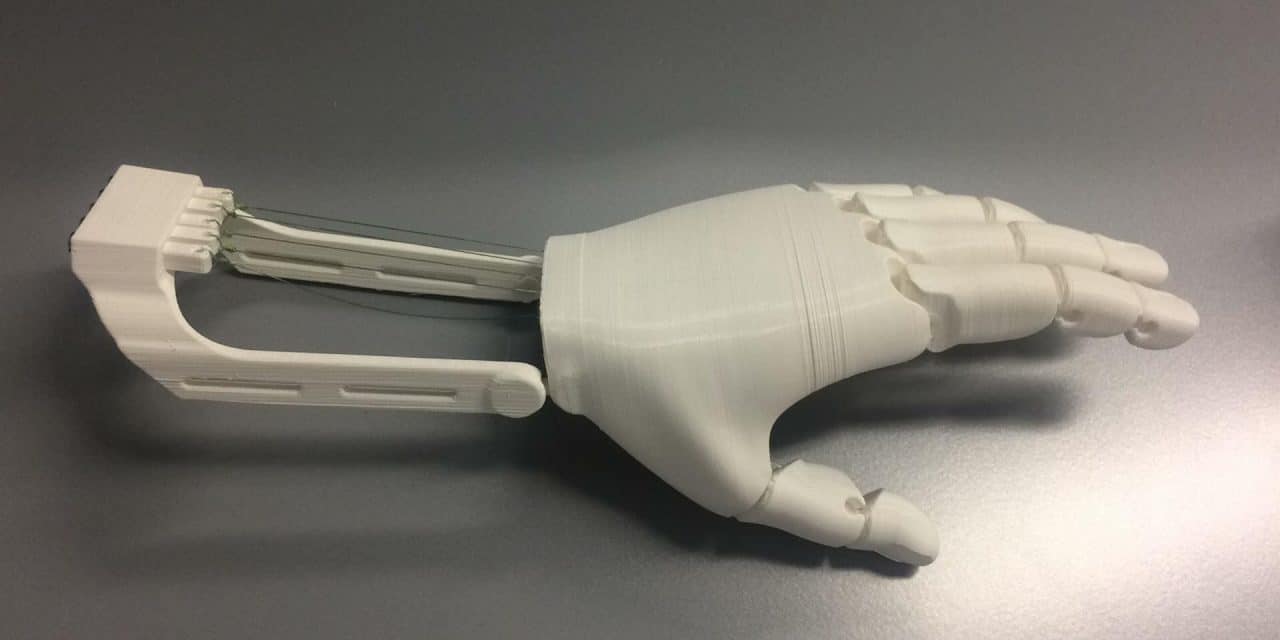Credit: Divya Jyothi Sampathi of Intech DMLS
As the emergence of disruptive technologies like 3-D printing and additive manufacturing (AM) accelerates efficiency, the Bengaluru-based Intech DMLS sees that these technologies hold the key to the future in the Indian healthcare space too.
Even if the buzz is about Blockchain, artificial intelligence, Big Data, augmented and virtual reality, healthcare industry is now the largest user of AM. The capability to create complex products that can be perfectly customized for the end-users makes AM an ideal technology to have saved and improved lives of many patients, noted Divya Jyothi Sampathi, marketing head, Intech DMLS.
“For instance, 3-D printed prosthetics stalls people suffering from limb loss. We see a perennial demand for customized prosthetics like the 3-D printed hands, arms and legs produced to enable those undergoing amputations live a better life and its usage is growing rapidly. One of the biggest benefits of using metal-based AM in prosthetics is its cost-effectiveness. Even in dentistry, the usage of customized dental aligners, crowns and bridges are increasing,” she added.
Yet another area of 3-D printing is the customization of surgical instruments specific for each patient. Customized plates, screws, and implants yield better post-surgery results compared to ‘standard size’ tools. Metals such as titanium and aluminum are typically used to produce such customized surgical tools.
However, the notable applications of 3D printing are in the re-creation of models in surgery preparation, development of printed bones and human skin tissues.
The re-creation of precise bio-organic models of humans has transformed surgical interventions. Now surgeons can perform mock operations on these models enabling them to better co-ordinate the procedure plans and can reduce the time spent in operation theaters.
In the area of printed bones which is a reality as in August 2017, Chinese doctors carried out a complex cervical vertebra replacement procedure on a 28-year-old patient suffering from a rare strain of bone cancer. The patient’s condition was such that implant or standard chemotherapy was not possible. Doctors eventually managed to 3-D print the replacement bones using titanium. The complexity of this endeavor and the survival of the patient proves that 3-D printed bones will become more prevalent in the coming years, said Sampathi.
Similarly for human skin, scientists from Spain have successfully created a prototype for a 3D bioprinter that can re-create fully functional human skin which is used in plastic surgery or in laboratory testing of cosmetics, chemicals and pharmaceuticals.
Visible trends of AM in healthcare are the access to surgical models on-demand as it helps surgeons prepare faster for an emergency intervention. Creation of customized surgical tools such as screws, plates, metal implants, and devices like hearing aids indicate huge demand as it improves patient outcomes.
Another major advantage of AM is the utilization of multiple raw materials like a combination of metals and bio materials to develop implants, particularly knee caps and hip replacements which provides access to smart wearable devices. Therefore, Intech DMLS perceives that 3-D printing applications in healthcare has transformed medical science interventions.


